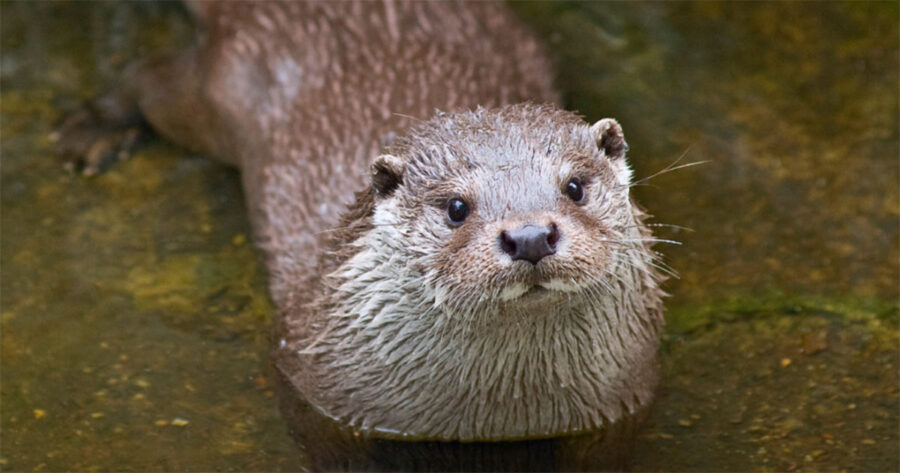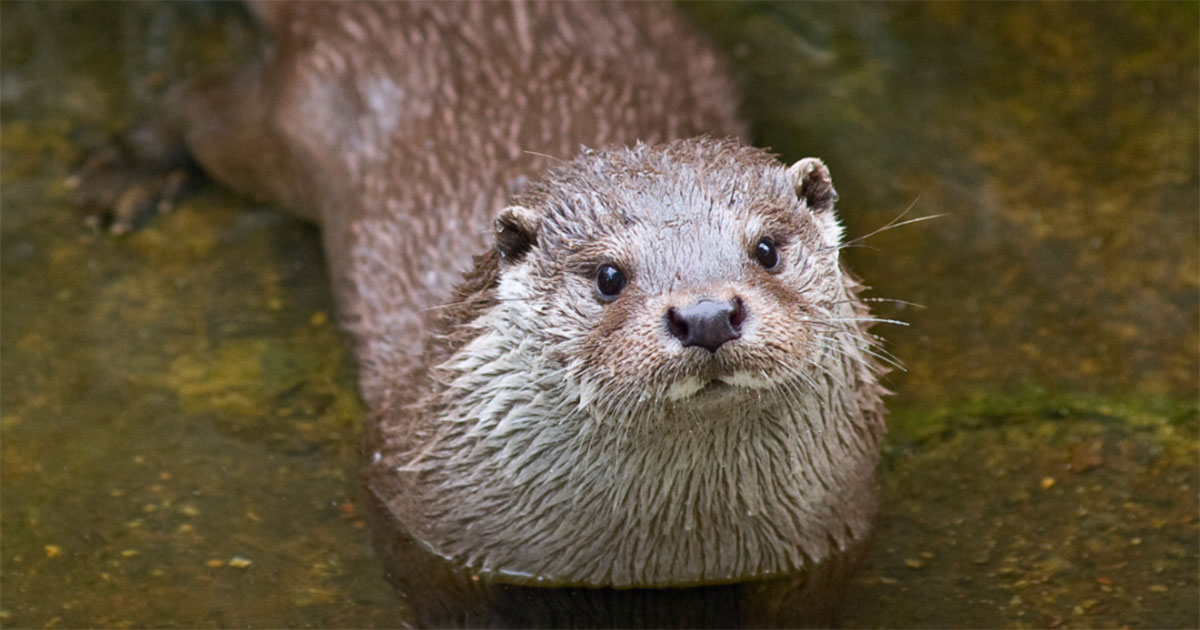
Please Don’t Interact with Gorgeous African Clawless Otters in the Western Cape
CAPE TOWN – African Clawless Otters are really endearing… but please don’t interact with them. That’s the message from wildlife experts as South Africans experience an increase of sightings of the adorable animals around the Western Cape’s shores. Animal protection organisations are seeking to remind the public that near-threatened African Clawless Otters are a wild […]

CAPE TOWN – African Clawless Otters are really endearing… but please don’t interact with them. That’s the message from wildlife experts as South Africans experience an increase of sightings of the adorable animals around the Western Cape’s shores.

Animal protection organisations are seeking to remind the public that near-threatened African Clawless Otters are a wild species and need to be treated as such. Like all wild animals, they should be observed from a distance, both for their protection and to avoid potential human-wildlife conflict.

African Clawless Otter numbers are declining and the species is currently listed as near-threatened by the IUCN’s Red List of Threatened Species. Their major threats include poaching for their skin and body parts, habitat loss due to urbanisation, disturbance and pollution, as well as persecution by humans in competition for food.
Fortunately Otters are protected under South Africa’s Animals Protection Act, and the Threatened and Protected Species Act, and disturbance of or interference with these wild animals that leads to any suffering may be a criminal offence.

The African Clawless Otter is one of 13 otter species and the third largest in the world. It is widely distributed throughout South Africa in most aquatic habits; although largely known as freshwater mammals, they often occur in marine habitats as long as freshwater is nearby for rinsing. Otters are usually solitary, but when prey is abundant they can be found in family groups of females with their offspring or, more rarely, males and females with their young.
Dr Audrey Delsink, director of wildlife for HSI/Africa, said:
“It is wonderful to see precious wildlife enjoying our beautiful shores, however, otters are wild animals and we urge the public to keep a respectful distance. Never attempt to touch or pick up otters as they may defend themselves and their young. We can all play a part in protecting this endearing species so we encourage the public to live harmoniously alongside them, keep visits to waterways litter-free, and give these animals space.
“HSI/Africa works to protect all animals and seeks non-lethal solutions and tools to promote coexistence instead of conflict with our urban and native wildlife. We are proud to work alongside other experts and specialist groups and the DFFE to closely monitor the otters as a remarkable example of such coexistence, and to mitigate any possible conflicts.”
 Nicci Wright, wildlife specialist for HSI/Africa and member of the African Otter Advisory Group and the IUCN SSC Otter Specialist Group said:
Nicci Wright, wildlife specialist for HSI/Africa and member of the African Otter Advisory Group and the IUCN SSC Otter Specialist Group said:
“As otter habitat decreases due to human encroachment and development along coast and river lines, these animals become more visible and consequently more habituated to people and our activities. However, otters are apex predators and will defend themselves and their territories if they feel threatened by people getting too close or dogs off leash, especially if they are protecting dependent pups. If you have the privilege of seeing otters in the wild, remember to stay back and give them their space. We can coexist in our shared spaces by respecting each other and understanding the otters’ needs.”

Several organisations have been working together to monitor and protect otters, and to increase awareness about how the public can peacefully coexist with them. The organisations are: Two Ocean’s Aquarium and the Department of Forestry, Fisheries and the Environment (DFFE), Humane Society International/Africa (HSI/Africa), the International Union for Conservation of Nature (IUCN) SSC Otter Specialist Group and the African Otter Network Group (AONG).
